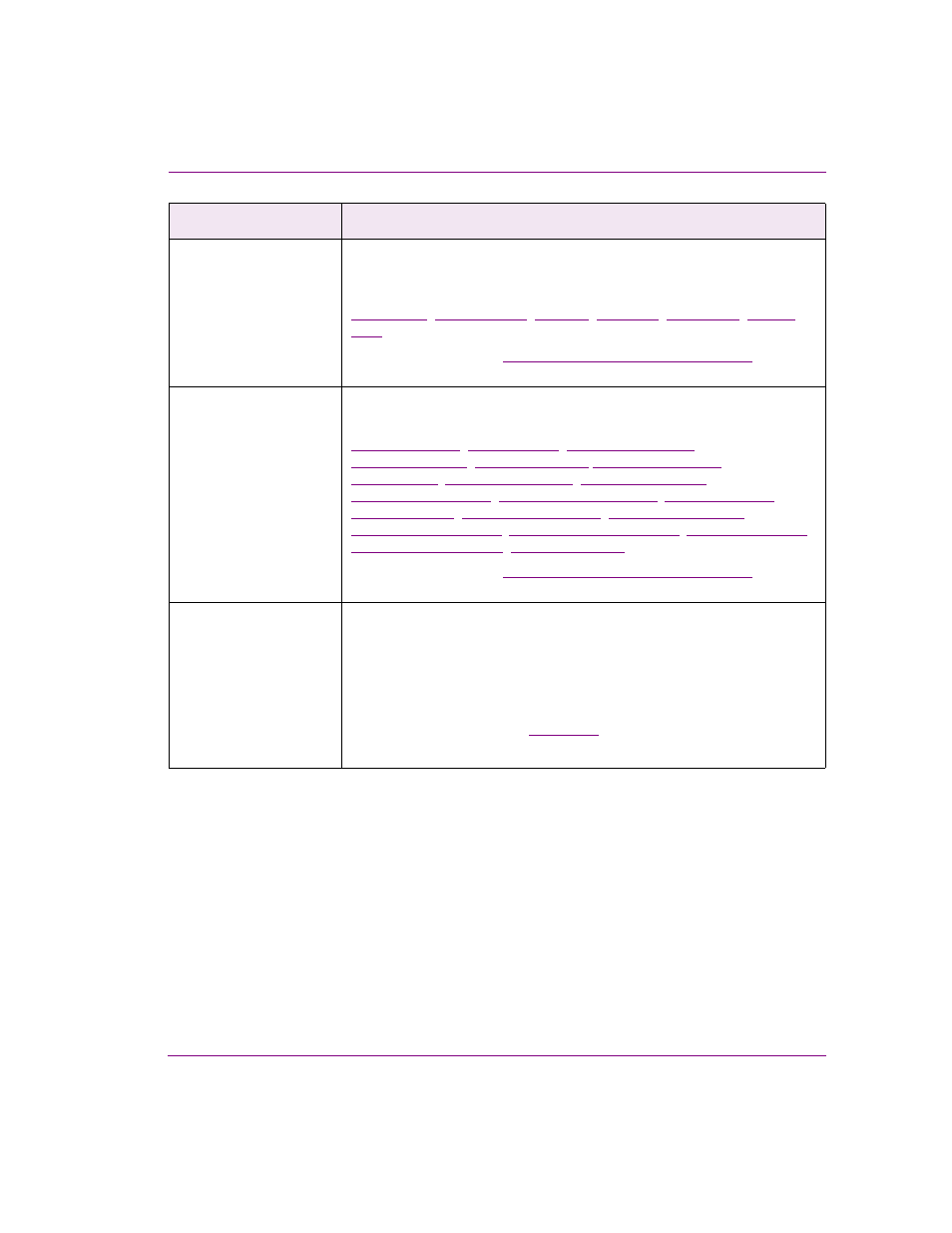Grass Valley Xstudio Vertigo Suite v.4.10 User Manual
Page 128

Xstudio User Manual
6-15
Working with scene objects
Image
The following properties determine which image asset file is associated with
the object, as well as other attributes that affect the image’s appearance and
playout behavior.
,
Click on the links or see
“Scene object properties” on page 15-13
for a
description of each of these properties.
Transition
The following properties determine how the Image object transitions
(enters/exits) when the scene is played out.
,
,
,
,
,
Click on the links or see
“Scene object properties” on page 15-13
for a
description of each of these properties.
User Properties
User-defined properties. You can associate your own properties with an
object. For example, the property may store data that can then be recalled
by a script during playout.
To add a user property, click the grey cell in the first column and type the
property’s name. Enter the property’s initial value in the cell next to it. You
can also leave it blank and perhaps populate it during playout by a calling
the Set Property action (see
).
Repeat the above steps to add additional user properties.
Category
Image object properties
